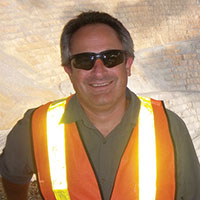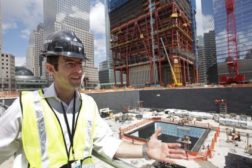Articles by Timothy Ludwig Ph.D.
After you've picked the low-hanging fruit...
Improving safety becomes more difficult
September 28, 2011
Never miss the latest news and trends driving the safety industry
eNewsletter | Website | eMagazine
JOIN TODAYCopyright ©2024. All Rights Reserved BNP Media.
Design, CMS, Hosting & Web Development :: ePublishing









